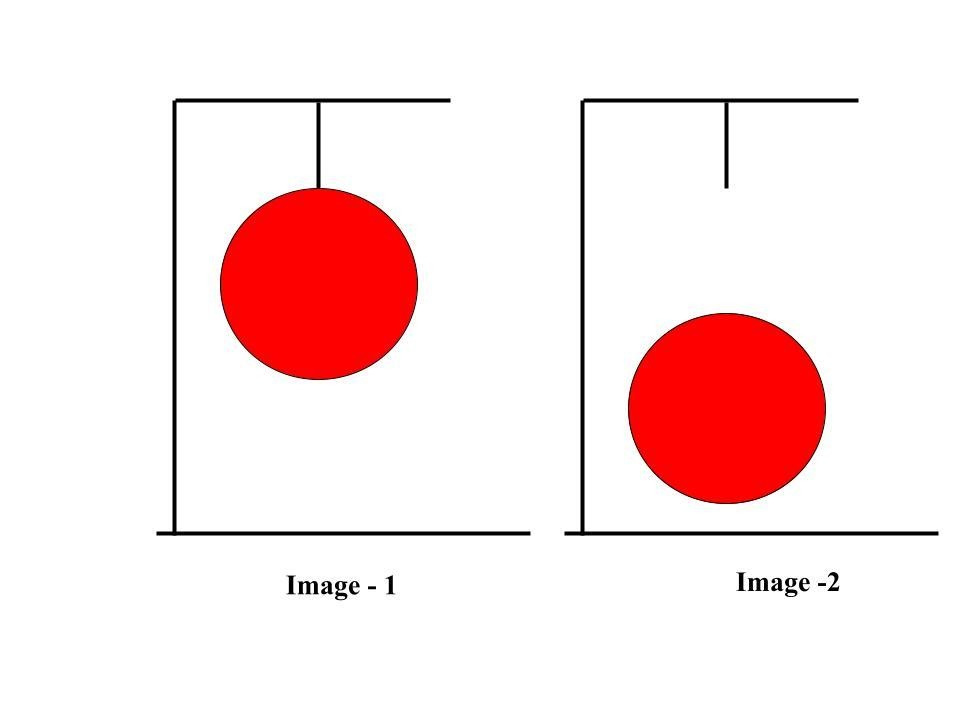Kinetic Energy - Definition, Examples, Formula, FAQs
Kinetic energy is a basic and important concept in physics that describes the energy possessed by an object due to its motion. Whenever an object moves—such as a running person, a moving car, a flying ball, or flowing water it has kinetic energy. This concept helps us understand how motion is related to speed, mass, work, and momentum. Kinetic energy plays a key role in many natural and everyday processes and is an essential part of the chapter Work, Energy, and Power in Class 11 physics. In this article, we will study the meaning of kinetic energy, its formula, units, examples, and its relation with work and momentum. This topic is very important for board exams and competitive exams like JEE Main and NEET, where questions are frequently asked.
This Story also Contains
- What is Kinetic Energy?
- Formula of Kinetic Energy
- Units of Kinetic Energy
- Examples of Kinetic Energy
- Difference between Kinetic Energy and Potential Energy
- Solved Example Based On Kinetic Energy

What is Kinetic Energy?
Kinetic energy is the energy possessed by a body due to its motion. Any object that is moving has kinetic energy. The amount of kinetic energy depends on the mass of the object and its speed. A fast-moving object has more kinetic energy than a slow-moving one, and a heavier object has more kinetic energy than a lighter one if both move with the same speed.
Formula of Kinetic Energy
The kinetic energy of a moving object is given by:
$
\text { Kinetic Energy }=\frac{1}{2} m v^2
$
where
$m$ = mass of the object (in kg), $v=$ velocity of the object (in m/s)
Units of Kinetic Energy
The SI unit of kinetic energy is joule (J).
$
1 \text { joule }=1 \mathrm{~kg} \mathrm{~m}^2 \mathrm{~s}^{-2}
$
Other units:
- erg (CGS system)
- electron volt (eV)
Examples of Kinetic Energy
Here are some daily-life examples of kinetic energy…
-
A moving car on the road has kinetic energy.
-
A rolling ball possesses kinetic energy.
-
Flowing water in a river has kinetic energy.
-
A flying bird has kinetic energy.
-
A running person has kinetic energy.
-
Wind moving the blades of a windmill has kinetic energy.
Also read -
- NCERT Solutions for Class 11 Physics
- NCERT Solutions for Class 12 Physics
- NCERT Solutions for All Subjects
How does Kinetic Energy get transferred?
Kinetic energy is a type of energy that may be exchanged between objects and turned into other forms of energy. The yo-yo is an excellent illustration of kinetic energy transformation. When you first start playing with it, you should let it rest in your hand; at this time, all of the energy is stored in the ball as potential energy. When a person drops the yo-yo, the stored energy is converted into kinetic energy or movement energy. All of the energy in the ball is transformed into kinetic energy once it reaches the bottom of the yo-yo. As it returns to the hand, all of the energy is transformed back to potential energy.

There is a ball (Image-1) that has potential energy, when we dropped the ball (Image-2) the ball started falling and now it has Kinetic Energy.
Learn kinetic Energy Better from the Given Video Below
Difference between Kinetic Energy and Potential Energy
| Kinetic energy | Potential energy |
| The energy created by an object as a result of its motion is known as kinetic energy. | The energy created by an object due to its position or state. |
| The formula of kinetic energy is K.E=1/2 mv2 | The formula of potential energy is mgh |
| Vibrational energy is an example of kinetic energy. | Gravitational potential energy is an example of potential energy. |
Solved Example Based On Kinetic Energy
Example:
Find the kinetic energy of a body of mass $\mathbf{2} \mathbf{~ k g}$ moving with a velocity of $\mathbf{5 ~ m} / \mathbf{s}$.
Given:
Mass, $m=2 \mathrm{~kg}$
Velocity, $v=5 \mathrm{~m} / \mathrm{s}$
Formula:
$
\text { Kinetic Energy }=\frac{1}{2} m v^2
$
Solution:
$
\begin{gathered}
\text { K.E. }=\frac{1}{2} \times 2 \times(5)^2 \\
\text { K.E. }=1 \times 25 \\
\text { K.E. }=25 \mathrm{~J}
\end{gathered}
$
Frequently Asked Questions (FAQs)
The kinetic energy of an object is written by K.E=1/2 mv2
The SI unit of kinetic energy is the joule.
Kinetic energy is maximum when velocity is maximum and mass is in equilibrium, position